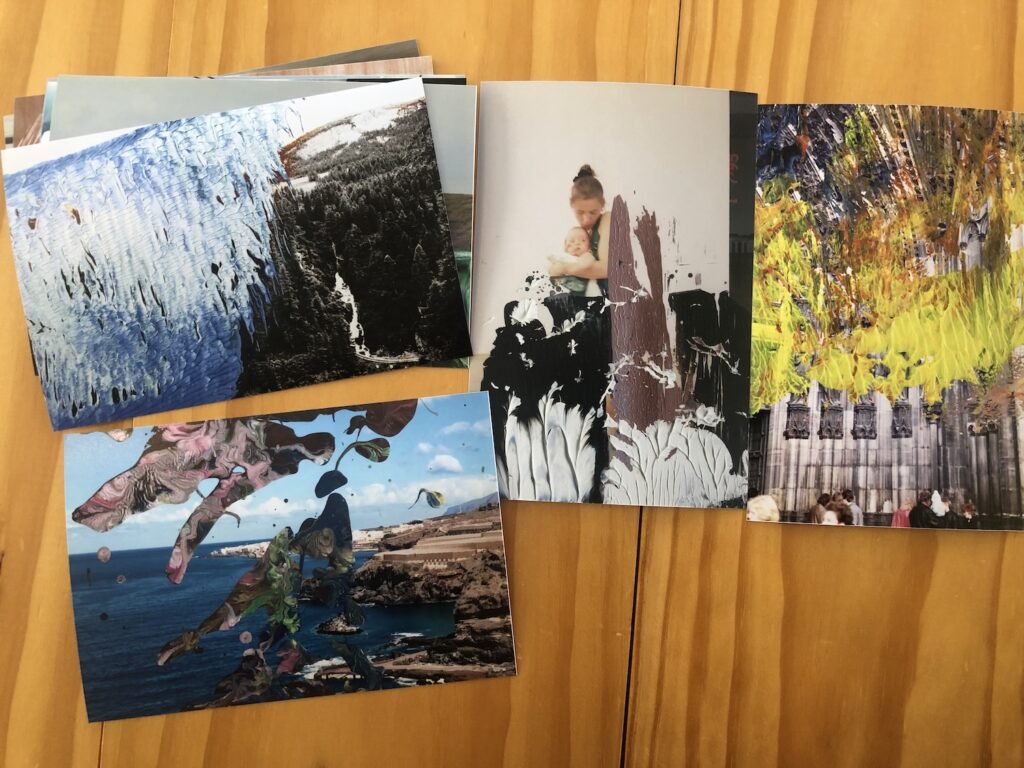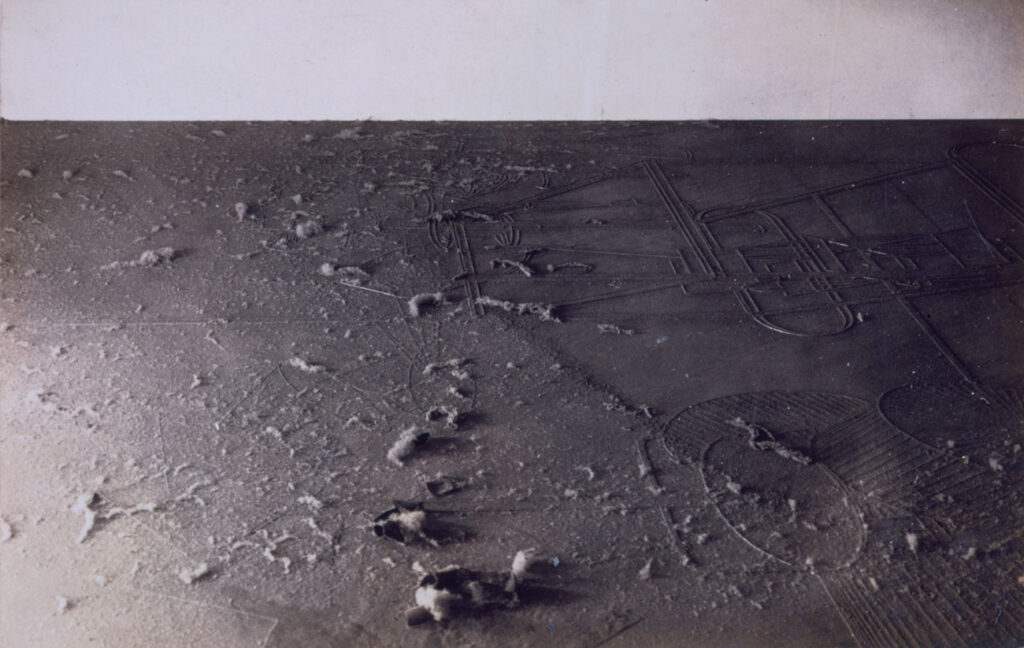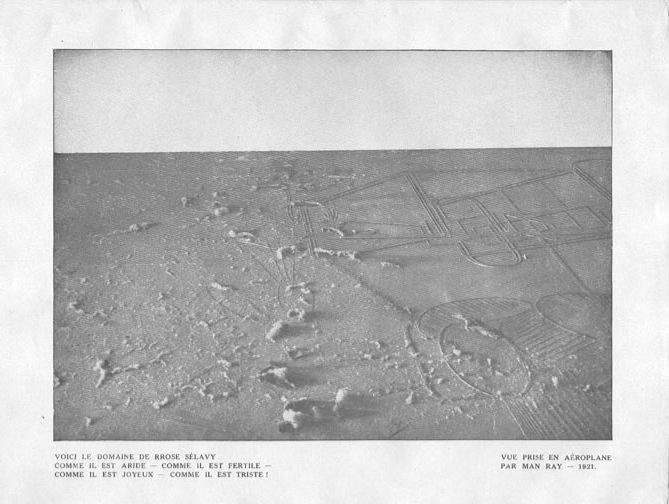
Recently I tried making Facsimile Objects of Richter overpainted photos. They started as 4×6 printed snapshots, I figured, why not start there? And they’re fine, I guess, so my dollar wasn’t wasted. But they ultimately lack the physical presence of overpainted photos as, well, photos with paint on them.
For a while I did wonder if it was the size, though. Maybe an image that small, palm-size—which is now phone-size—is just kind of maxed out in its impact. This was disproved this morning.
This was disproved this morning. I popped into Glenstone, as one does, looking for an R.H. Quaytman catalogue [didn’t have it, have to order it], and I went through the newly installed permanent collection exhibition in the Gwathmey building. In the first gallery between the Hilma af Klints and Duchamp’s Bicycle Wheel, on the wall across from Fountain, is Man Ray’s Dust Breeding. And it’s tiny.

The more common version of Dust Breeding crops out the horizon line between the Large Glass and Duchamp’s studio wall, and is usually printed later and larger. This early contact print, just 7 x 11 cm, is from 1920, and is the version that was first published. Called perhaps “the first Surrealist photograph,” Man Ray’s picture accompanied an article about Duchamp by André Breton in the October 1922 issue of the surrealist journal Littérature. It was captioned as “The domain of Rrose Sélavy” and a “view from an aeroplane.” [It also had a date of 1921, but hey.]

Point is, it’s an amazing image, and an amazing object. And experiencing it in person makes me think I’ve seen it before. In her 2010 MoMA exhibition of photography and sculpture, The Original Copy, Roxana Marcoci included the print above, a loan from the Bluff Collection LP, in a little group of tiny, vintage Duchamp photos. Glenstone doesn’t have info or an image available yet of their print, I would bet a dollar that it’s the same object. A dollar or a Richter pic.
